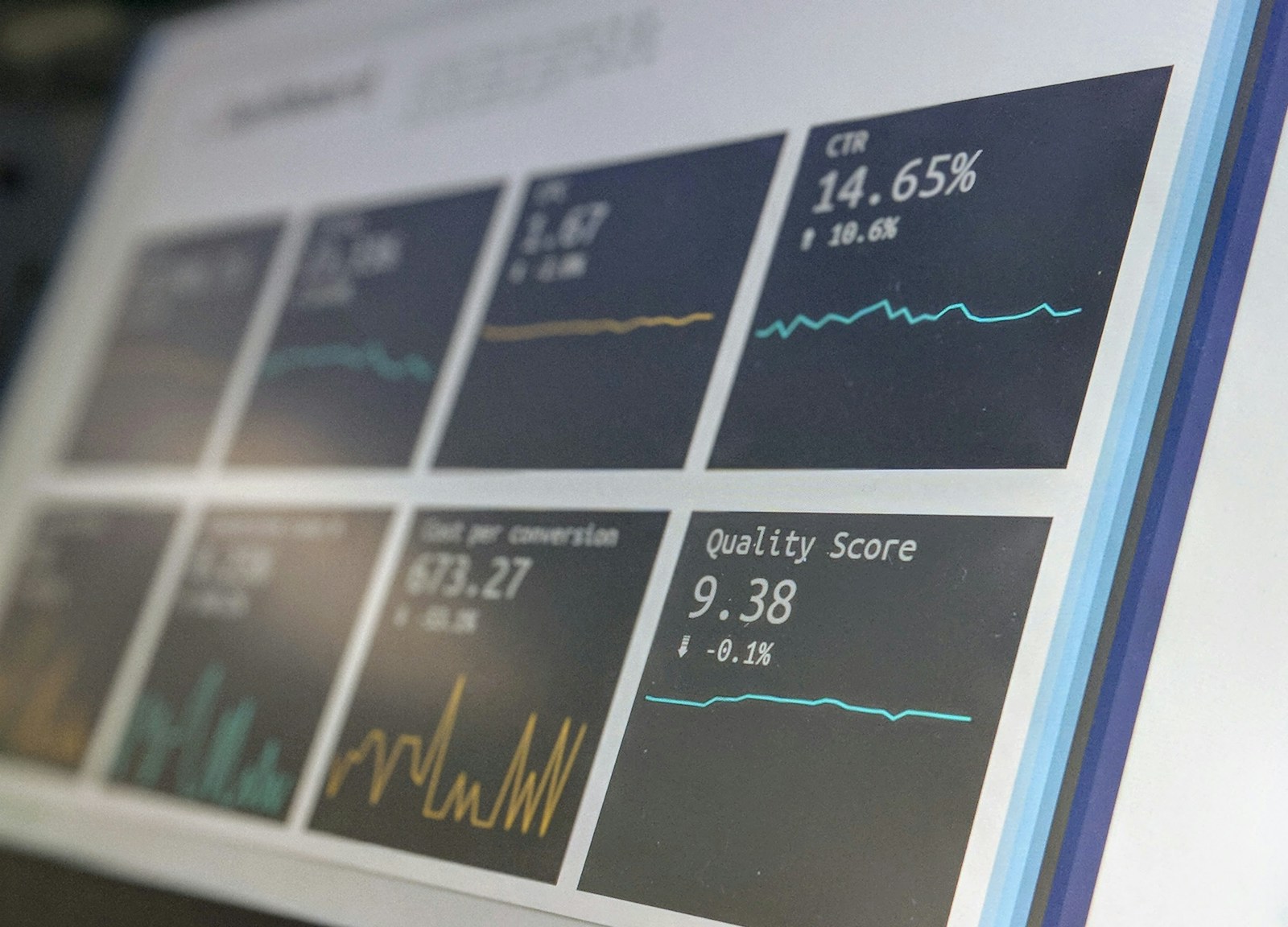How Data Fabrics Transform Data Integration in Modern Enterprises?
How Data Fabrics Transform Data Integration in Modern Enterprises?

How Data Fabrics Transform Data Integration in Modern Enterprises?
In today’s data-driven world, enterprises are constantly seeking innovative solutions to manage the increasing complexity and volume of data. One such groundbreaking approach is the implementation of data fabrics such as the one developed by Sygma Data. This article explores how data fabrics are revolutionizing data management and enabling real-time insights, ensuring businesses stay competitive and agile.
Understanding Data Fabrics
Data fabrics represent a sophisticated architectural approach designed to facilitate seamless access to and integration of diverse data sources. Unlike traditional data management systems such as data warehouses and lakes, data fabrics provide a unified data layer that enhances data accessibility and governance. This paradigm shift addresses the bottlenecks and inefficiencies often associated with older data management models.
The Evolution of Data Management
The journey of data management has been marked by the need to handle vast amounts of data across diverse environments. Traditional centralized data integration methods often led to operational bottlenecks, making it difficult for organizations to scale effectively. The emergence of data fabrics marks a pivotal change, integrating multiple data storage technologies and supporting the holistic data lifecycle for quicker and more informed decision-making.
Key Components of Data Fabrics
The architecture of data fabrics is built around several critical components:
- Centralized Data Hub: Acts as the primary repository for data from various sources, providing a unified access point.
- Standardized Data Schemas: Promote consistency and interoperability among diverse data sets.
- Common Language: Facilitates clearer communication among systems and stakeholders, simplifying data management and integration efforts.
Real-Time Data Integration and Analytics
One of the most significant advantages of data fabrics is their ability to enable real-time data access and integration. This capability supports timely decision-making based on fresh and reliable data, which is crucial for businesses operating in rapidly changing environments. By reducing data silos and enhancing collaboration across departments, data fabrics ensure that organizations can respond swiftly to market changes and customer needs.
Benefits of Data Fabrics
Implementing data fabrics offers numerous benefits, including:
- Scalability and Flexibility: Accommodates the ever-increasing volume and variety of data, ensuring efficient data management as business needs evolve.
- Enhanced Data Accessibility and Integration: Streamlines data access across different sources and environments, reducing data silos.
- Improved Data Governance and Quality: Establishes consistent governance policies, ensuring compliance with data privacy regulations and enhancing data quality.
- Automation of Data Management Processes: Reduces complexity and optimizes data movement, allowing organizations to focus on deriving insights.
- Real-Time Insights and Decision-Making: Supports timely decisions based on up-to-the-minute information, enhancing operational efficiency.
Addressing Challenges
While the benefits of data fabrics are substantial, organizations must navigate several challenges to fully leverage their advantages. These include data security and privacy concerns, integration complexities, and the need for effective governance strategies. Addressing these challenges is crucial for ensuring successful implementation and operation of data fabrics.
Future Trends and Innovations
The future of data fabrics is shaped by several key trends:
- Self-Service Capabilities: Empowering business users to access and manipulate data independently, reducing reliance on IT support.
- Advanced Streaming Analytics: Providing instant access to critical information, enabling organizations to react swiftly to changes.
- Enhanced Security and Compliance: Incorporating robust security measures to protect data integrity and ensure compliance with regulations.
- Automation and AI/ML Integration: Automating repetitive tasks and enhancing data orchestration, allowing teams to focus on strategic initiatives.
Use Cases Across Industries
Data fabrics are being adopted across various industries, demonstrating their transformative potential:
- Retail and E-commerce: Decentralized data management for personalized marketing and enhanced customer experience.
- Manufacturing: Centralized data from IoT devices for optimized production and reduced downtime.
- Healthcare: Centralized data governance for better patient care and compliance with regulations.
- Finance: Decentralized data management for rapid market response and improved regulatory compliance.
- IT and Energy: Centralized data integration for improved operational efficiency and strategic planning.
Conclusion
As organizations increasingly recognize the need for flexible and efficient data solutions, the importance of data fabrics in shaping the future of enterprise data management is set to grow. By addressing traditional data management challenges and promoting agility and innovation, data fabrics are poised to play a pivotal role in the digital transformation of modern enterprises.
Sources:
[1]: What is Data Fabric? Uses, Definition & Trends – Gartner [2]: 11+ Most Common Data Integration Challenges & Solutions | Estuary [3]: 5 modern challenges in data integration and how CIOs can … [4]: Implementing Data Fabric: 7 Key Steps – DATAVERSITY [5]: Data quality metrics you must track (and how) – Ataccama [6]: Complete Guide to Data Fabric – K2view [7]: Monitoring in Fabric Data Warehouse overview – Microsoft Learn [8]: Data Fabric Market Size & Forecast, [Latest] – MarketsandMarkets [9]: The Data Fabric Evolution – RightData [10]: Measure Data Quality – 7 Metrics to Assess Your Data – Precisely [11]: A Guide to Seamless Data Fabric Implementation – Striim [12]: Data Fabric Architecture 101 – DATAVERSITY [13]: Data Fabric Use Cases, Benefits, and Examples for Enterprises [14]: The Business Case for Data Fabric – Gigaom [15]: Master Data Management KPIs & Metrics: Examples – Stibo Systems [16]: [PDF] WHITEPAPER – Data Fabric: A Case Study – Ingenious e-Brain [17]: Data Mesh vs. Data Fabric: Choose the Best for Modern Data Agility [18]: How to Measure and Improve Your Data Pipeline – LinkedIn [19]: How to Implement Data Fabric: A Scalable & Secure Solution – Atlan [20]: Data Fabric Architecture: Key Concepts and Implementation – Nexla [21]: What is a Key Performance Indicator (KPI)? Guide & Examples – Qlik [22]: Data Fabric Architecture: Benefits, Best Practices & Trends – Splunk [23]: 10 Data Integration Challenges That Can Derail Your Business … [24]: Common Data Management Challenges and Solutions – Rivery


